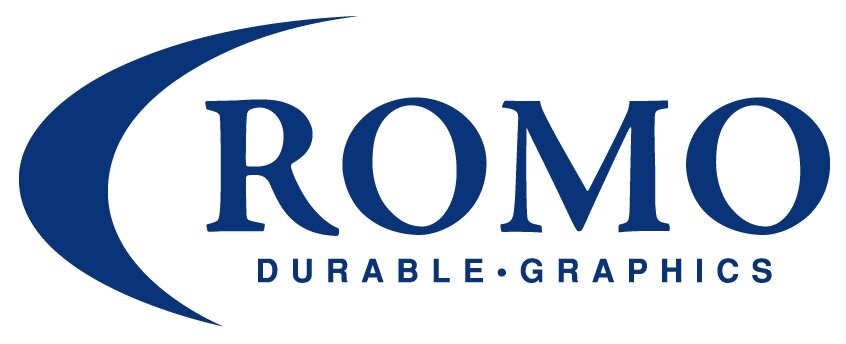On the surface, determining the cost of decorating your product seems straight forward. Establish a standard during the planning phase using budgetary guidelines, build it into the bill of materials (BOM), and compare using purchase-price variance (PPV). There is merit to this process. It represents out-of-pocket dollars and keeps cost in control, along with the other product components.
The challenge with measures is that they incentivize behavior. The old saying is true, “You get what you measure.”
Thanks to the way the graphics industry has historically priced products (high volume – lower prices), there’s a natural incentive to over buy. The logic of the pricing follows the assumption that amortizing set ups over more pieces lowers the price. This is true of most purchases by Original Equipment Manufacturers (OEM’s) – but it’s disproportional with graphics because the “fixed costs” represent the majority of the price. Unfortunately, this can create problems downstream because the costs of these unintended consequences outweigh the cost of the graphics themselves.
Another way to test the effectiveness of your planning process is to follow these 4 METRICS in addition to piece price:
1. Inventory Turns
Too much inventory eats cash. That’s just the start. Graphics come in all shapes and sizes and aren’t easy to store. Excess inventory means additional material handling and moving. Parts get damaged, are hard to find, or disappear altogether throwing off inventory - leading to fire drills. It also hides deficiencies like suppliers with extensive lead times.
It’s not uncommon to see OEMs with graphics inventory turns in the mid-single digits. A good intermediate goal is 9. Long term, target above 12.
2. Obsolescence
Historically this one is difficult to capture and track. The primary culprit is that inventory isn’t accurately captured in the system, and thus, not accurately costed to begin with. It’s often under someone else’s line of accountability. Well intentioned “purchasing to forecast” runs into the age old problem with forecasts - demand is impossible to predict. And then you throw away good graphics if the forecast is too optimistic, or worse yet, pay high “one-off” price if inventory comes up short. Working with the supplier to purchase true demand quantity lowers cost in both cases.
If your obsolescence percentage is above 15% annually (including supplier stock that has to be scrapped), contact the supplier immediately to get into the 10% range. Long term, target 5% or less.
3. Production Interruptions
Without debating the methods of capturing what production downtime really costs, we can all agree, downtime is never good. It’s especially painful with relatively low BOM cost items like graphics. It can prevent hitting sales targets or costly change overs to produce products that aren’t needed but have all the components on hand. Measuring supplier performance to ship date is a good first step, but managing those dates can be a job in itself.
An easy way to start is simply measure the number of production interruptions due to graphics. This will start a good dialog with your supplier and shine a light on internal challenges. Graphics are easy to forget. If you have more than six interruptions a year – it’s a problem. The goal should be zero.
4. Material Handling and Application Time
There is no absolute for this measure. Some products have 22 separate decorations, others have two. Graphics are big Graphics are small. Whatever the case, graphics ought to be easy to handle, store, access, and apply on the production floor.
There are likely standard production rates for graphics. Give them the smell test through observation. Are they reasonable? Is there wasted motion? Are they more challenging than they need to be? Is the process awkward? Most importantly, has the handling received proper attention? Has your supplier watched how the graphics are being handled? There are tricks that can cut handling and application time dramatically if taken into account at the beginning. That’s very important in a Lean environment.
As a general rule of thumb, the graphics should be accessible at the point of application within 15 seconds and packaged in a manner that flows into the production line. Small graphics (the size of your hand) should apply in a matter of seconds. Mid-sized graphic - say 6”x12”- should go on in about 30 seconds. Large graphics might take a couple minutes to apply.
There are always exceptions, but if your graphics inventory is turning more than 12 times/year, obsolescence percentage is less than five, you have minimal production interruptions, and the graphics are easy to handle, your process is in good shape. If any, or all of these metrics are out of whack, talk to your supplier. You can always call Romo Durable Graphics. You’re on the hook for nothing but some friendly advice.



